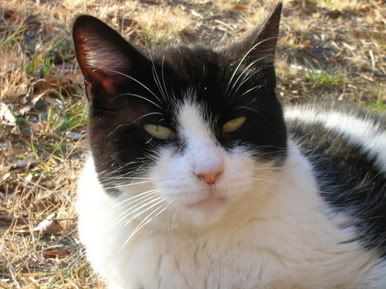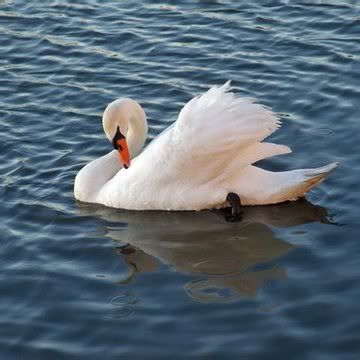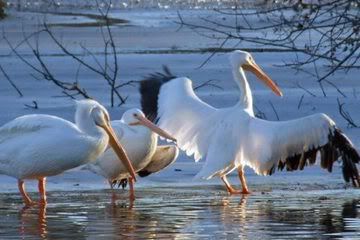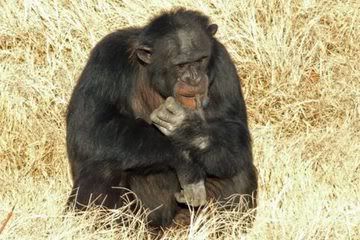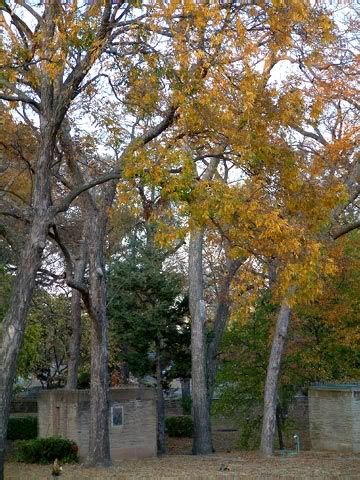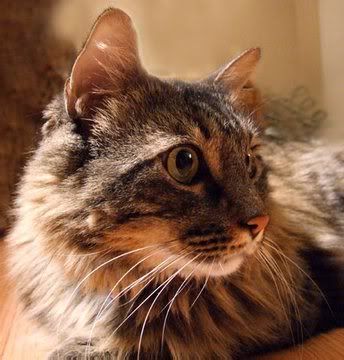My grandfather, Maulana Hedayatullah, a Sufi Muslim teacher and healer in northern Bengal, often reminded his students to be compassionate with themselves.
“If I cannot be compassionate with myself, I cannot truly be compassionate with others,” he said.
To be compassionate with self does not mean that you avoid or deny what needs to be looked at and worked on in aspects of your personality.
“Work on what is necessary in your personality, but with the quality of soul,” he said. “The primary qualities of the soul are mercy, gentleness, and graciousness. The soul makes no judgment and is filled with unconditional love.”
When you are locked in a just combat with a wrongdoer, remember you are fighting the antagonism, not the antagonist. Do what is necessary but do not banish the antagonist from your heart.
Grandfather used to ask his students to add a word of endearment to their names and to use that affectionate term whenever talking to themselves. The truth is that we talk to ourselves very often and a lot of the talk is negative. Become aware of this internal conversation. Make it a practice to relate to yourself with affection and compassion. This practice, Grandfather claimed, encourages one’s divine identity to step forward.
What would happen if we chose the endearment that means the most to us and used that to address ourselves in our mind? Try "dear one" or "beloved" or "my friend" and see how that affects the tone of voice you use with yourself. I see this as being a powerful method of cultivating compassion and lovingkindness for oneself.
